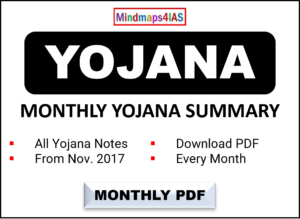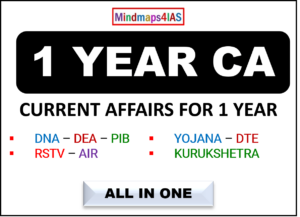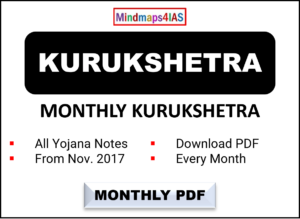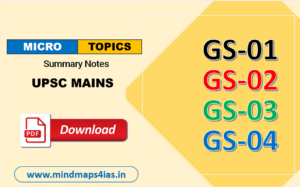Subject: History
Relevance: The Dandi March is one of the most important events of the Independence Movement.
Why in the News?
-
March 12 marks the 95th anniversary of the historic salt march or Dandi March led by Mahatma Gandhi from Sabarmati Ashram to Dandi in Gujarat.
Key Takeaways
-
Dandi March:
-
Started on March 12, 1930, from Sabarmati Ashram.
-
Ended on April 5, 1930, with the defiance of the salt law at Dandi.
-
-
Civil Disobedience Movement:
-
Launched with the Dandi March.
-
Gandhi considered civil disobedience more dangerous than armed rebellion because it relies on “innocent suffering.”
-
-
Defiance of Salt Law:
-
On April 6, 1930, Gandhi and his followers broke the salt law by manufacturing salt from the sea.
-
Gandhi stated this action was “shaking the foundations of the British Empire.”
-
Movement spread throughout the countryside.
-
Approximately 60,000 people were arrested.
-
-
Key Arrests:
-
Jawaharlal Nehru, Mahadev Desai, and Gandhi’s son Devdas were among the first to be jailed.
-
The British government declared the Indian National Congress illegal.
-
Gandhi was arrested and sent to Yeravda Central Jail.
-
-
Raid at Dharsana:
-
After Gandhi’s arrest, Abbas Tyabji took over the march to Dharsana but was also arrested.
-
Sarojini Naidu led the march after Abbas Tyabji’s arrest.
-
Police met the marchers with brutality, as reported by American journalist Miller.
-
-
Spread of the Movement:
-
Similar acts of civil disobedience occurred throughout India.
-
Colonial laws were broken, and foreign cloth and liquor were boycotted.
-
The salt satyagraha grew into a mass satyagraha.
-
-
Regional Participation:
-
Bengal: Volunteers led by Satish Chandra Dasgupta walked from Sodepur Ashram to Mahisbathan to make salt.
-
Bombay: K.F Nariman led marchers to Haji Ali Point to prepare salt.
-
Raiyatwari Areas: Anti-chowkidari tax campaign and non-payment of rent.
-
Central Provinces, Maharashtra, and Karnataka: Tribal invasions of forests.
-
NWFP (North-West Frontier Province): Khan Abdul Ghaffar Khan (Frontier Gandhi) and the Khudai Khidmatgars (Red Shirts) played a significant role.
-
Chittagong: Surya Sen led a campaign, seized the local armoury, and fought a battle on Jalalabad hill.
-
Tamil Nadu: C. Rajagopalachari organized a march from Trichinopoly to Vedaranniyam.
-
Malabar: Kelappan organized the salt march.
-
Orissa: Gopabandhu Chaudhary led the movement.
-
Bihar: Ram Briksha Benipuri, Prof Abdul Bari, and Acharya Kripalani led the movement.
-
-
Why Salt?
-
The 1882 Salt Act gave the British a monopoly on salt manufacture and sale.
-
Indians were forced to buy salt from the colonizers, even though it was freely available.
-
Gandhi chose salt as the focal point for civil disobedience.
-
Gandhi-Irwin Pact
-
Gandhi’s Ultimatum:
-
Gandhi sent an 11-point ultimatum to Irwin on January 31, 1930, including demands for total prohibition, reduction of land revenue, abolition of the salt tax, and release of political prisoners.
-
-
Negotiations:
-
Irwin showed no inclination to meet the demands, leading to the Salt March.
-
On January 25, 1931, Irwin announced the unconditional release of Gandhi and other Congress leaders to facilitate negotiations.
-
-
Delhi Pact (Gandhi-Irwin Pact):
-
Signed on March 5, 1931.
-
Led to the release of political prisoners (except those convicted of violence), remission of fines, and return of confiscated lands.
-
The Congress agreed to end the Civil Disobedience Movement and participate in the Second Round Table Conference.
-
















